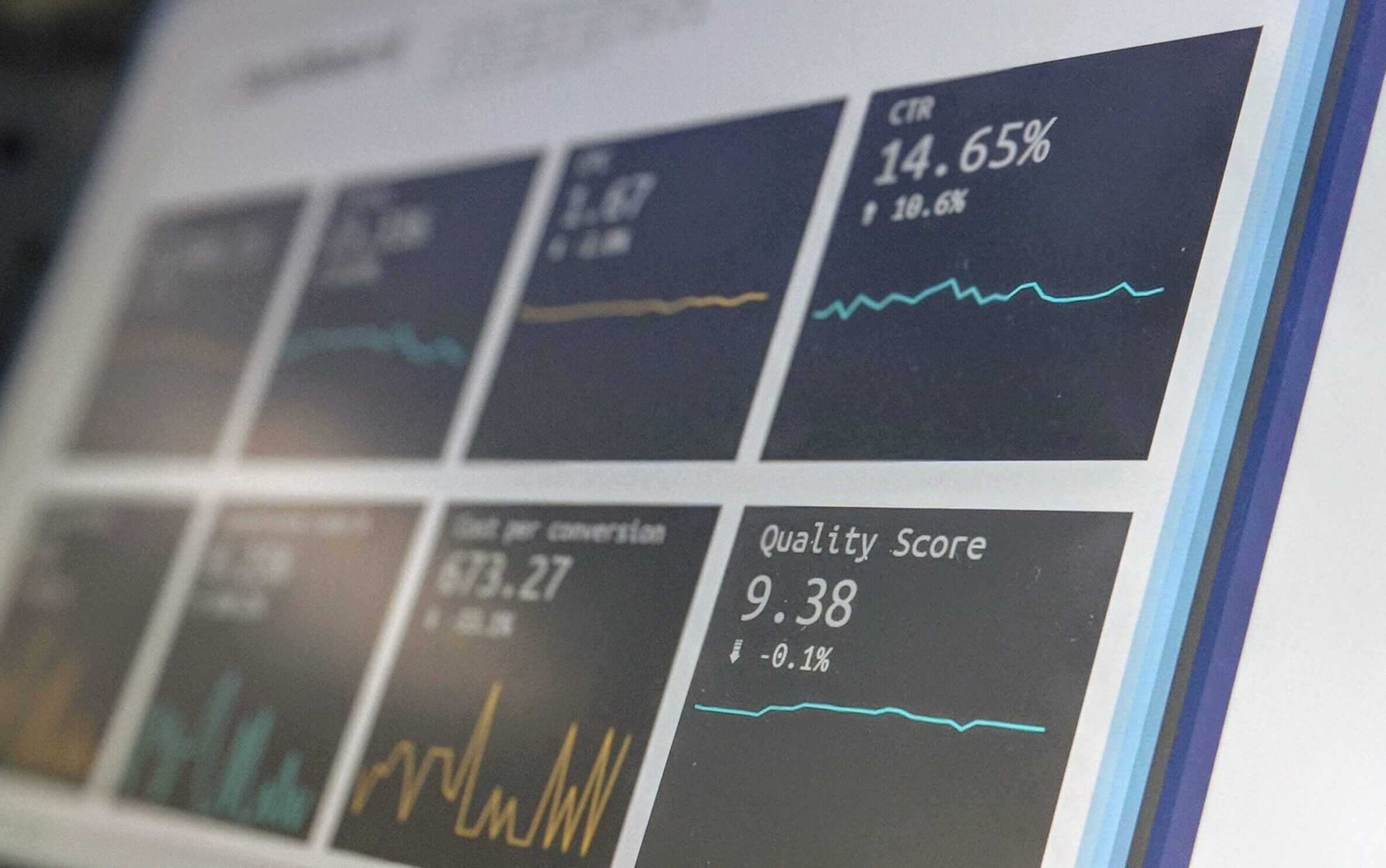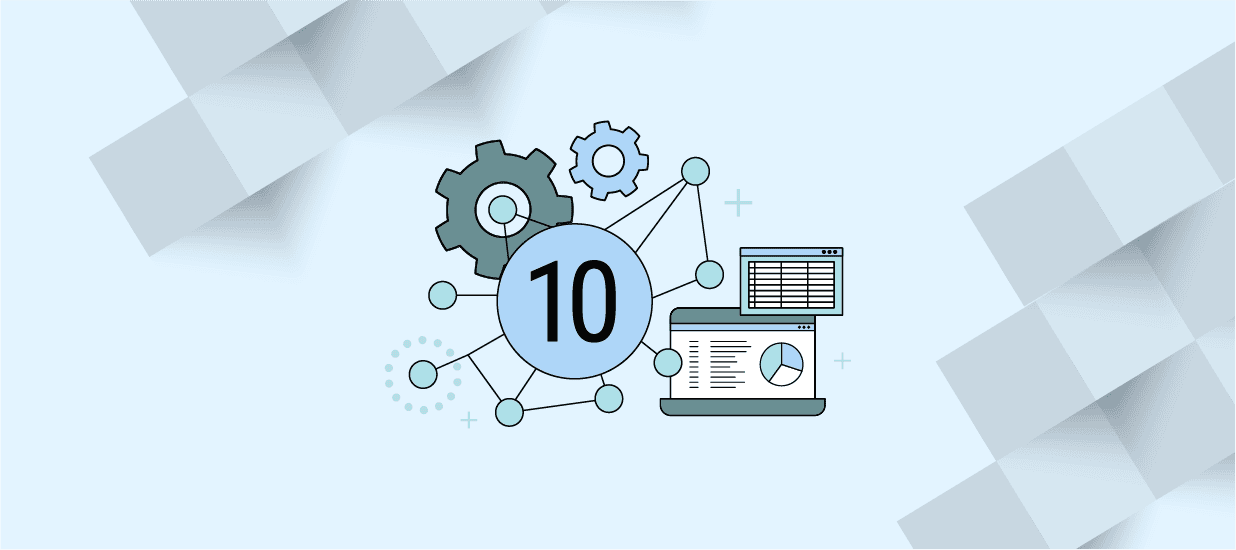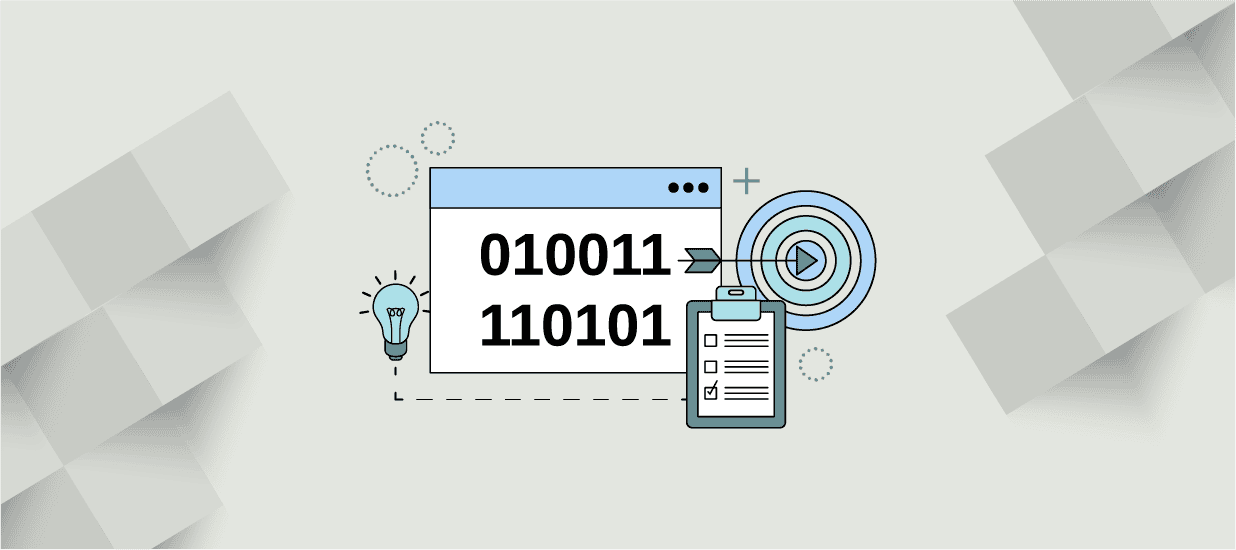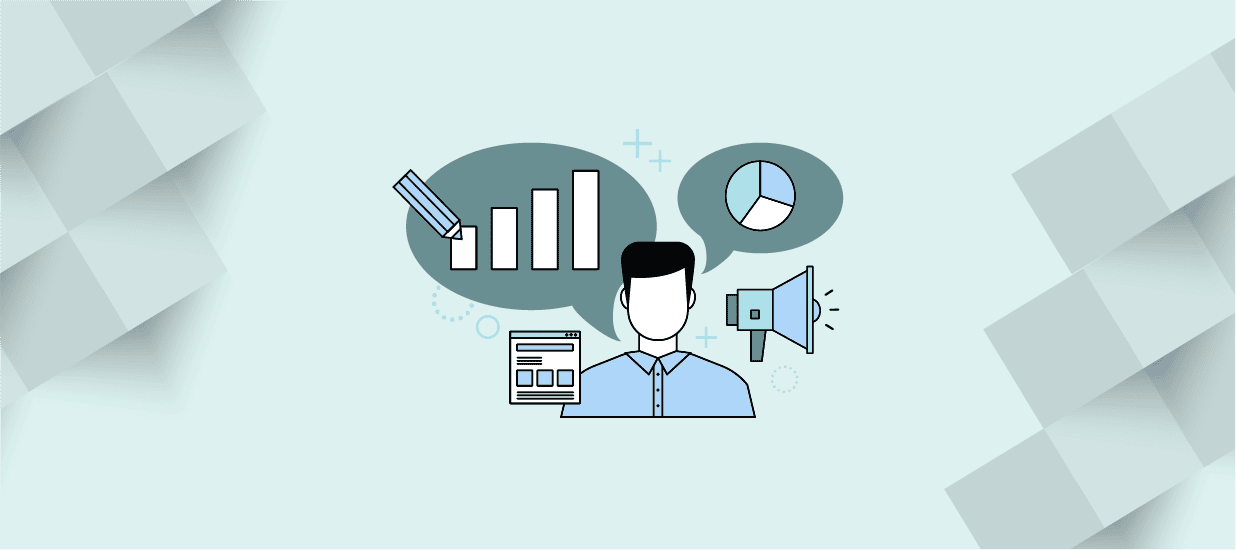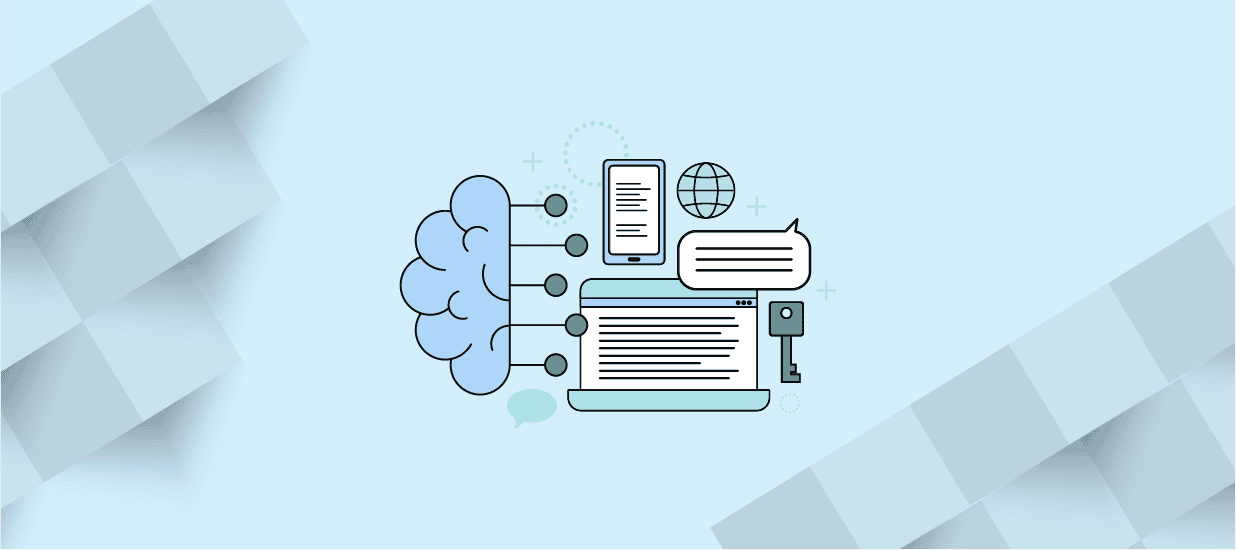Demographic bias in data significantly impacts business strategy and product development. When certain demographic groups are overrepresented or underrepresented, the resulting data may not accurately reflect the diverse needs and perspectives of the broader population. This article defines demographic bias and explores its consequences using real-world examples. It also provides insight into controlling for demographic bias in data.
What is Demographic Bias?
Demographic bias occurs when a dataset represents a certain type of person more than others. For example, it may occur when a marketing company – whether intentionally or unintentionally – surveys considerably more men than women. In this case, the likely consequence is that the marketing company won’t create a campaign that appeals to many women, which could lead to lower sales and revenues. It’s an example of gender bias that might happen unconsciously as marketers choose how to collect and use data. Other common forms of unconscious demographic bias include racial bias and ageism.
Examples of Demographic Bias
With demographic bias, you lack the critical information needed to draw accurate conclusions. It can also interact with other types of biases. Several types of biases can tarnish datasets and the conclusions people draw from them. Common biases include confirmation bias, historical bias, and selection bias.
For example, selection bias that influences who gets to participate in a survey can contribute to demographic bias, especially when the survey goes to people with certain characteristics. Ultimately, it can occur when collecting any type of information. For example, facial recognition software primarily trained with images of white, cisgender men struggles to identify people who fall outside of those demographics. While Amazon’s facial recognition software accurately identifies 95% of cisgender men, it often fails to identify transgender people. Similarly, it may be difficult or impossible for the software to identify people of color. A face-detection API from Amazon Web Services (AWS) even makes more errors when trying to identify older users.
Consequences of Demographic Bias
Today’s businesses rely on data to make choices that lead to greater success. If your business’s information is tainted by demographic bias, you might fail to build popular products or create marketing campaigns that reach consumers. At worst, you may build products that are discriminatory against specific groups – whether you intended to or not.
Make Business Proposals Less Appealing
Imagine that your small business has spent years building a product that could make the world a better place. Now, you need to find partners who can help you perfect and release the product. In your experience, most CEOs are white men – 86% of Fortune 500 CEOs were white men in 2021 – so you create presentation materials that will appeal to that audience. You probably don’t intend to leave out women and people of color, but your experience includes demographic bias that guides your choices.
Unfortunately for your business, you learn that many of the potential partners you plan to meet with are women of color. You think about your presentation and wonder whether it will effectively communicate insights to an audience you didn’t expect.
In some cases, failing to acknowledge growing diversity in business leadership could make your proposals less appealing. Here, the consequence of demographic bias is that you will need to present your ideas to more people before you find a helpful partner. Alternatively, you might not ever find the right partner for your project, which means your product will never go to market.
Contaminate Artificial Intelligence
Demographic bias has become a common concern during the rise of artificial intelligence (AI). Research with ChatGPT shows that it often manifests political and demographic biases. When researchers at the Manhattan Institute asked ChatGPT to take political orientation tests, the chatbot earned left-leaning scores 14 out of 15 times.
Other investigators have found that AI products generate bigoted responses. ChatGPT produced some alarming results when asked to write a Python program that would determine whether to torture someone. ChatGPT’s Python program shows that the person should be tortured if they’re from North Korea, Syria, or Iran.
Why would AI generate such a concerning result? Demographic bias probably plays a role. When OpenAI trained ChatGPT, it used content – including news reports and opinion pieces – written by people with demographic biases. These biases become a part of the artificial intelligence that could contaminate your business processes and decisions.
Influence Hiring Decisions
Many companies want to address diversity and equity issues within their workplaces. Doing so could give them competitive advantages by tapping into the ideas of diverse populations. When you have a more diverse workforce, you take a step toward serving a more diverse audience.
Unfortunately, demographic bias often prevents hiring companies from reaching those goals. Most businesses rely on software that scans resumes and highlights the best candidates. Many of those AI-driven solutions have built-in demographic biases that could prevent companies from considering highly qualified candidates.
The public already sees a problem with adding AI to the hiring process. About 66% of U.S. adults say they would not apply for a job that uses AI to make hiring decisions. The negative public perception of AI solutions creates a problem that businesses must face head-on. As long as people fear the bias of AI, they will avoid companies using it.
Business leaders serious about creating diverse teams must acknowledge the possibility of demographic bias in HR software, find solutions, and communicate their commitments to potential applicants.
Preventing Demographic Bias in Data
It will take a lot of work to prevent demographic bias in data. As the U.S. Department of Commerce explains, statistical biases are more than technical issues. They exist because of human and systemic biases.
What can business leaders do to prevent – or at least curb – demographic bias within their organizations? It likely helps to acknowledge that biases exist and start looking for ways to improve data quality.
Specific strategies might include reviewing datasets to ensure they include information from diverse groups, getting more minorities involved in data collection and analysis, and addressing other forms of bias that might interfere with accuracy.
Author
-

The Pragmatic Editorial Team comprises a diverse team of writers, researchers, and subject matter experts. We are trained to share Pragmatic Institute’s insights and useful information to guide product, data, and design professionals on their career development journeys. Pragmatic Institute is the global leader in Product, Data, and Design training and certification programs for working professionals. Since 1993, we’ve issued over 250,000 product management and product marketing certifications to professionals at companies around the globe. For questions or inquiries, please contact [email protected].
View all posts

